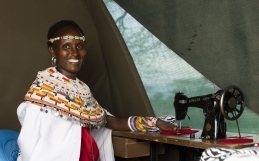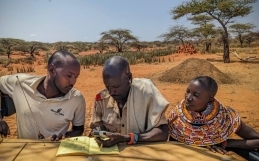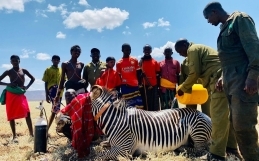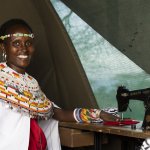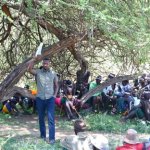At Grevy’s Zebra Trust, we are consistently striving to expand our understanding of the communities we work with and deepen the impact of our conservation efforts. One key to achieving this has been incorporating social science research into our approach, which complements our already strong focus on ecological monitoring. Recently, we had the privilege of receiving valuable training from The Living Desert team, who guided us through social science research practices. This training was not just theoretical; it included practical, hands-on experience in the community.
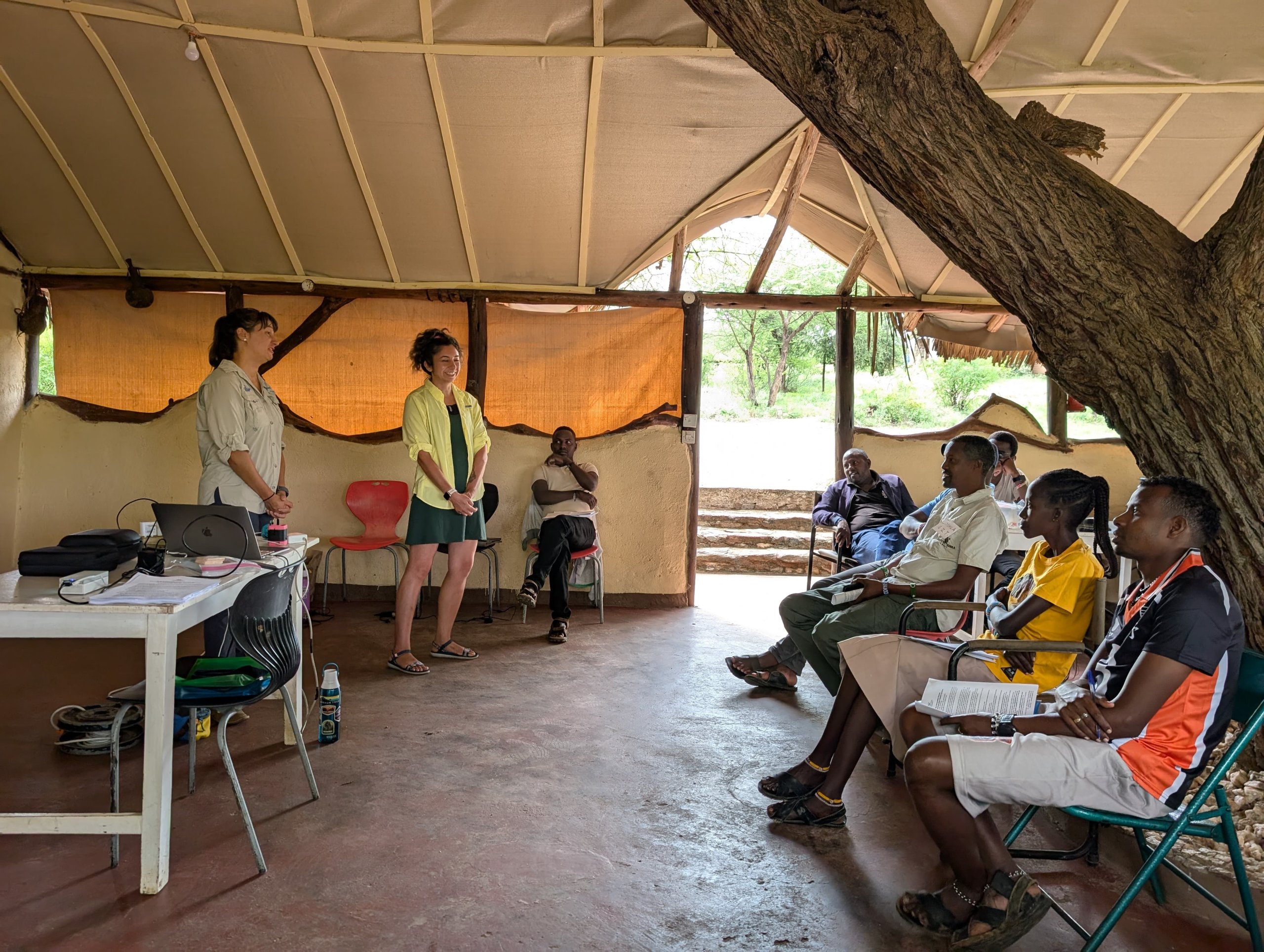
One of the highlights of our community survey process was an unexpected but heartwarming encounter with one of our scholarship recipients! It was a beautiful reminder of the long-term impact we are creating, not just for the zebras but also for the people who live alongside them.
Fresh from this training, our rangelands team took these new insights to the Quarter Three meeting of the Wamba Grasslands Champions, which took place at the GZT camp. For this meeting, we approached things a little differently. We ensured there was ample time to discuss our meeting agendas and incorporated the newly acquired survey techniques to gauge the Grasslands Champions’ understanding of our goals, their roles, other GZT programs, and the organization as a whole.
The insights gained from this exercise were fascinating and have given us a clearer picture of our impact. We shared the survey results with the Grasslands Champions, and the findings were encouraging—87.3% of respondents highly value the rangelands and grazing program. This feedback aligns with GZT’s belief in the crucial role of rangeland health and also highlights areas where we need to improve, such as increasing women’s participation in decision-making.
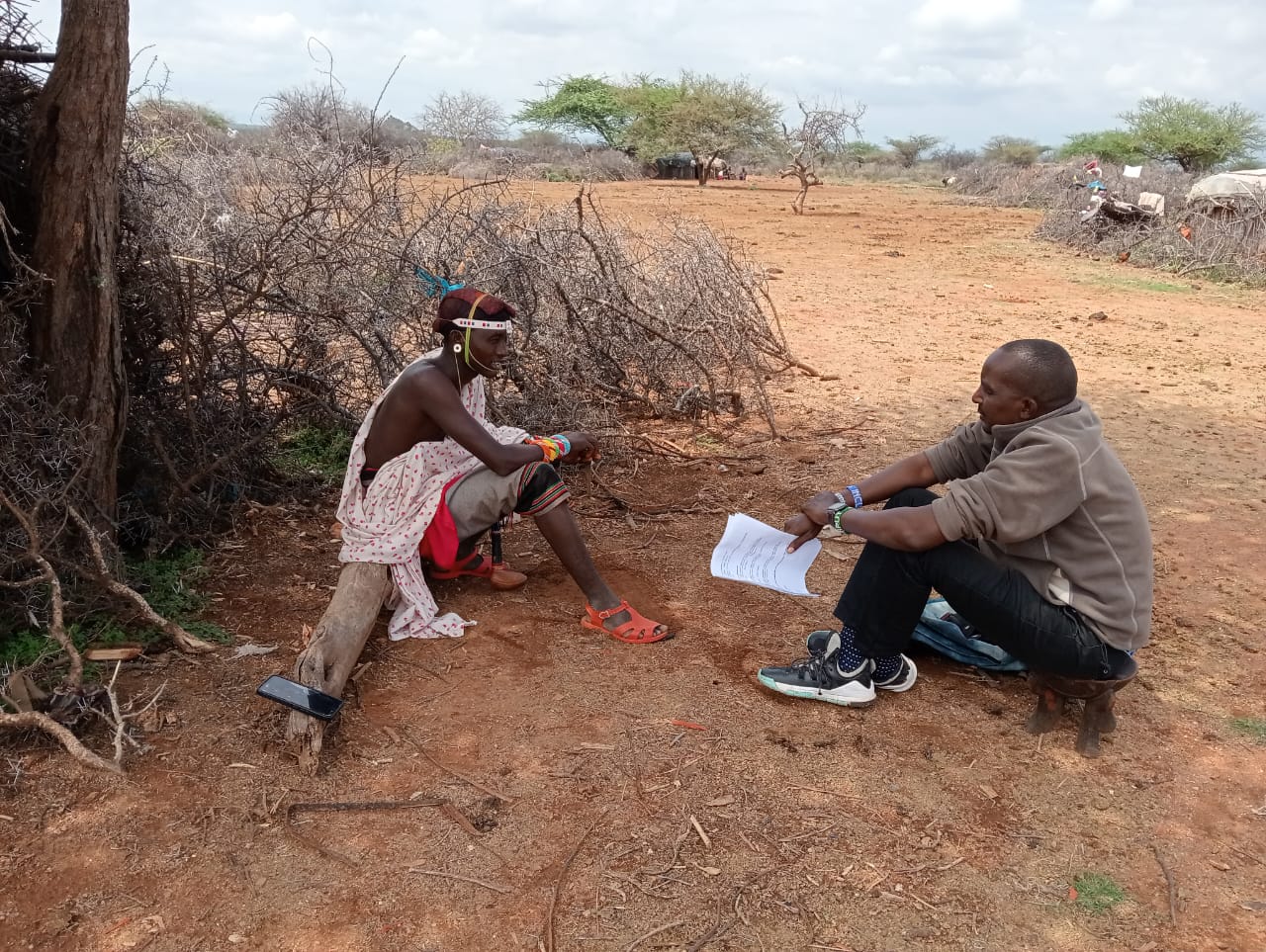
His words reflect the success of our grazing plans and the broader impact of our conservation efforts. We are grateful for the continued support of our community partners, donors, and the dedicated efforts of our team as we work together to create a sustainable future for both people and wildlife.


